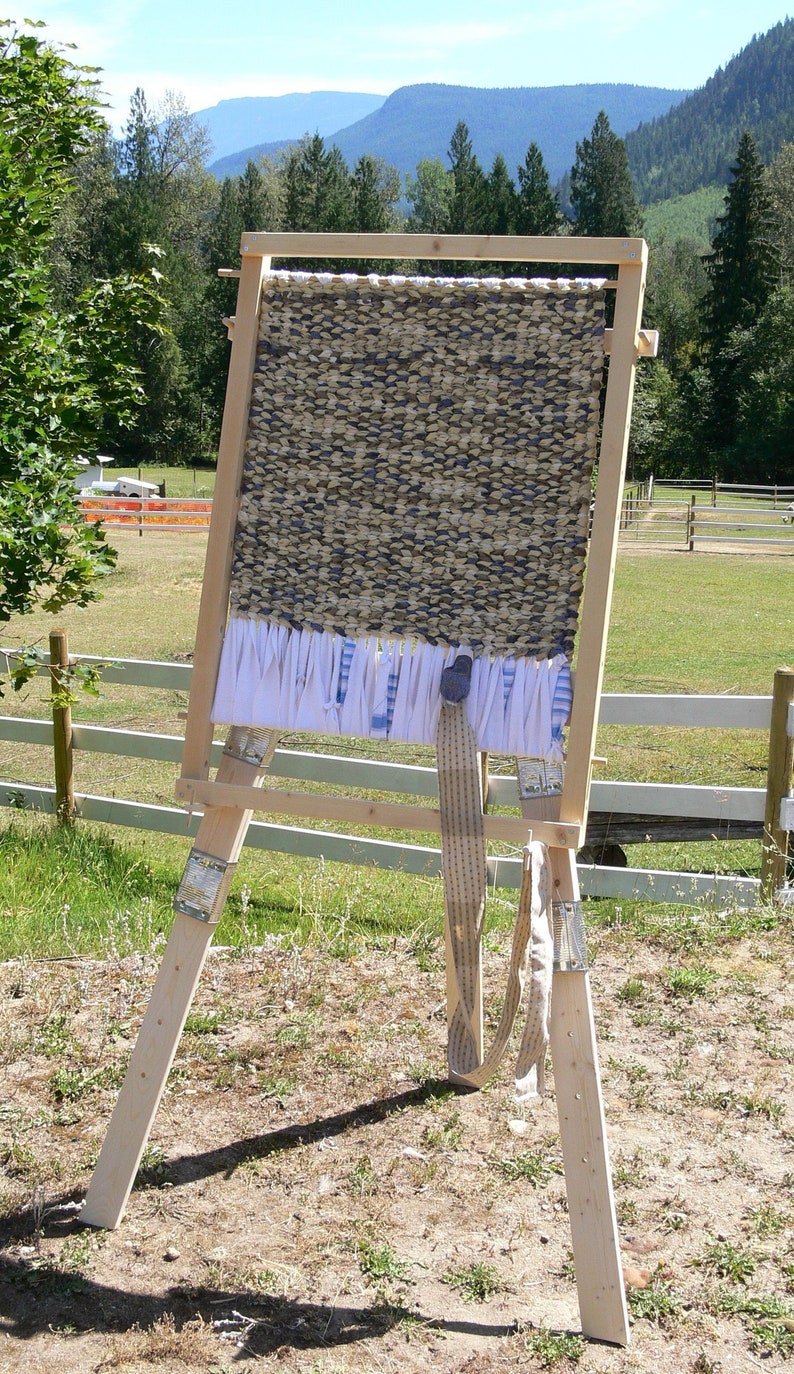

I think the more standard way is to cut lengths of yarn about 6″ longer than the box, thread them through one at a time, put them into the notches, and tie bundles of say 4 on each side. Now you can warp your box loom a couple of different ways. Use really sharp blades, I had to change mine out once with all the cardboard cutting I did. Then I eyeballed little squares at the center point of each spacer.ĭon’t worry about trying to cut through the cardboard in one go, make you initial cut, then cut again. I measured out 1/8″ and 3/8″ along the top and bottom of the cardboard and then drew out the 1/8″ wide gaps to be cut out. I cut a rectangle from a scrap piece of cardboard so it was about 1/2″ smaller than my box is wide. I measured out every 1/4″ and made a little 3/8″ notch, then I set the box aside for the time being. Note: Warp is the yarn that runs vertically on your loom, weft is what you weave over and under the warps horizontally. Now, it’s time to measure out the notches on each short edge of the box to hold the “warp” Unfortunately, I only had the idea to measure, then mark, after I attempted to just freehand a line – it was off and squiggly. I wanted to make two little looms from one box, so I cut this one exactly in half.

Sturdy small box, like this Ziploc Bags box.Yarn for the Warp (at least 5 yards, more if your box is bigger).What’s more accessible than a card board box and a pile of yarn? Don’t answer that, on to weaving! We love exposing everyone to new ways to be creative, and to make it accessible as possible. In my case, we are setting up a load of these at the Ames C.art art festival booth to have the passer-by’s take turns on them. You can make it with your kids and have them take turns weaving. And, it turns out, cardboard boxes too! This is a super fun project to take up a few hours and end up with a mountable little tapestry at the end of the day. Weaving is one of the best ways to use up buckets of yarn scraps.


 0 kommentar(er)
0 kommentar(er)
